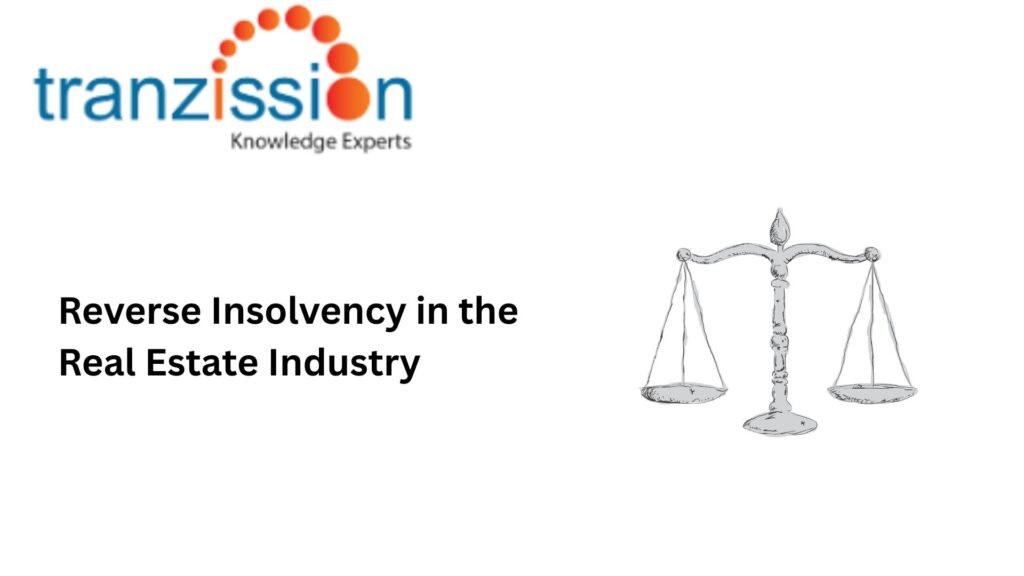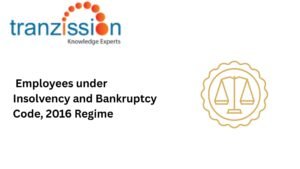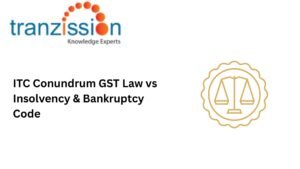
Reverse Insolvency in the Real Estate Industry

Table of Contents
Reverse insolvency is a mechanism that allows promoters to retain control of their stalled projects while simultaneously completing them under a resolution professionals (RPs) supervision. This approach deviates from the traditional CIRP where control shifts to an RP, allowing promoters to act as financial creditors. The goal is to avoid further disruptions and ensure timely completion or projects for homebuyers.
How Reverse Insolvency Differs from Traditional CIRP
Traditional CIRP focuses on resolving insolvency companies through restructuring or liquidation, while reverse CIRP specifically addresses distressed real estate projects.
Outcome for Creditors:
In reverse CIRP, homebuyers in real estate projects, receive preferential treatment compared to traditional CIRP, where secured creditors often take priority. Thereby, reverse CIRP ensures that homebuyers gain possession of their homes instead of potentially facing liquidation proceeds, prioritising their needs for housing over financial recovery for banks.
Role of Insolvency Professional:
Insolvency professionals (IPs) play an important role in both traditional CIRP and reverse CIRP, though their responsibilities differ slightly. In traditional CIRP, IPs manage the debtor’s affairs, assess assets and liabilities, and oversee the resolution plan. In reverse CIRP, such professionals oversee the resolution plan, monitor its implementation, and ensure it aligns with the interests of all stakeholders, particularly homebuyers.
Judicial Trends & Legal Basis of Reverse Insolvency
Key Court Rulings on Reverse Insolvency:
The Supreme Court has upheld in cases like Anand Murit vs. Soni Infratech Pvt. Ltd. and Amit Katyal vs. Meera Ahuja, emphasising its utility in reviving distressed real estate projects. Notably, these rulings have not mandated strict adherence to the 70% fund requirement under Section 4(2)(l)(D) of the Real Estate (Regulation and Development) Act, 2016 (“the RERA”). By prioritising project completion, it aims to protect the interests of homebuyers who have invested in stalled projects.
Read more : Legal consequences of misrepresentation in insolvency petitions
How IBC & RERA Interact in Reverse Insolvency Cases:
The IBC ensures financial restructuring, while RERA mandates project completion for homebuyers. Reverse CIRP allows promoters or creditors to infuse funds and complete stalled projects, balancing the interests of homebuyers and other creditors. Courts have balanced both laws by allowing developers to revive projects under regulatory supervision.
Role of the Committee of Creditors (CoC) in Reverse Insolvency:
The CoC assesses and approves resolution plans that allow promoters to fund project completion as lenders instead of pursuing full-fledged insolvency proceedings. Consisting of financial creditors, such as homebuyers, it evaluates the promoter’s plans to ensure it can successfully complete the project and that it’s viable.
Challenges & Roadblocks in Implementing Reverse Insolvency
Incorporating reverse insolvency in real estate sector may be challenging due to a number of reasons, such as:
Financial Viability Concerns:
Developers entering insolvency often lack adequate funds to complete projects. Reverse insolvency depends on their own financial resources, the willingness of creditors to provide interim financing, and the overall market conditions.
Risk of Mismanagement by Defaulting Developers:
Reverse CIRP can sideline creditors and may lead to private settlements that prioritise promoters and homebuyers, which may marginalize other stakeholders. In addition to this, it allows the same promoters to complete projects may lead to further delays and financial mismanagement.
Conflict Between Financial Creditors & Homebuyers:
The conflict between financial creditors, like banks, and homebuyers when a real estate developer, who owes money to both, becomes insolvent under the IBC. Banks and NBFCs prioritize financial recovery, while homebuyers seek project completion. The IBC’s treatment of homebuyers as financial creditors means that they can initiate or participate in the resolution process against the developer.
Role of Insolvency Professionals in Reverse Insolvency Cases
Unlike traditional insolvency where the focus is on maximising asset value for creditors, reverse insolvency aims to facilitate project completion. IPs act as interim resolution professionals or RPs, managing the situation, overseeing project completion, and ensuring compliance with agreed-upon terms, and adhere to the IBC and the RERA. They play a vital role in negotiating with stakeholders, including homebuyers, lenders, and promoters, to reach an agreement that allows the project to move forward. If the promoter fails to submit their obligations or cooperate with the IP, the process can transition to the traditional CIRP, where the IPs role shifts to maximizing asset value for creditors.
Best Practices for Implementing Reverse Insolvency Successfully
The process follows a structured approach, where promoters submit a resolution plan that receives approval from the CoC along with an affidavit. Thereafter, a binding agreement is executed to ensure project completion, with homebuyers financial participation often being essential for success.
Transparent monitoring by IPs is crucial for ensuring fairness and accountability. This involves detailed reporting, stakeholder engagement, and adherence to specific guidelines, particularly in cases where promoters or homebuyers are involved.
Regulatory authorities and IPs involve recognising their financial creditor status, allowing them to initiate insolvency proceedings, and participating in the CoC. This ensures that homebuyers have a voice in the process, influencing the resolution of distressed real estate projects.
The Future of Reverse Insolvency in Real Estate
Reverse insolvency is an evolving approach that allows promoters to complete stalled projects by infusing funds and working with homebuyers, rather than going through a full CIRP. However, it lacks a structured legal framework:
- The success of reverse insolvency hinges on establishing clear and enforceable guidelines to ensure transparency, fairness, and prevent misuse.
- The IBBI should introduce robust safeguards, including independent oversight of financial transactions, limiting the involvement of defaulting promoters to project execution roles, and strict penalties for unmet commitments.
- Mediation and other alternative dispute mechanisms can have an important role in resolving disputes between builders and buyers, especially in cases where the allottee is the petitioner.
- Future IBC amendments may formalize reverse insolvency as a standard approach in real estate insolvencies.
- Digital tracking of project progress can enhance transparency and reduce fraud risks.
- India can adopt certain practices from other countries. For instance, countries like the United States and the United Kingdom have adopted similar models where developers can restructure and complete projects under strict oversight.
Conclusion
Reverse insolvency enables promoters to continue construction and completed stalled projects, providing a path to possession for homebuyers who might otherwise face prolonged delays or losses. This process raises questions about how to fairly address the claims of financial and operational creditors who may be excluded or receive lower priority than homebuyers. To ensure its effectiveness and prevent misuse, reverse CIRP requires a clearer legal framework and more robust regulatory oversight.





